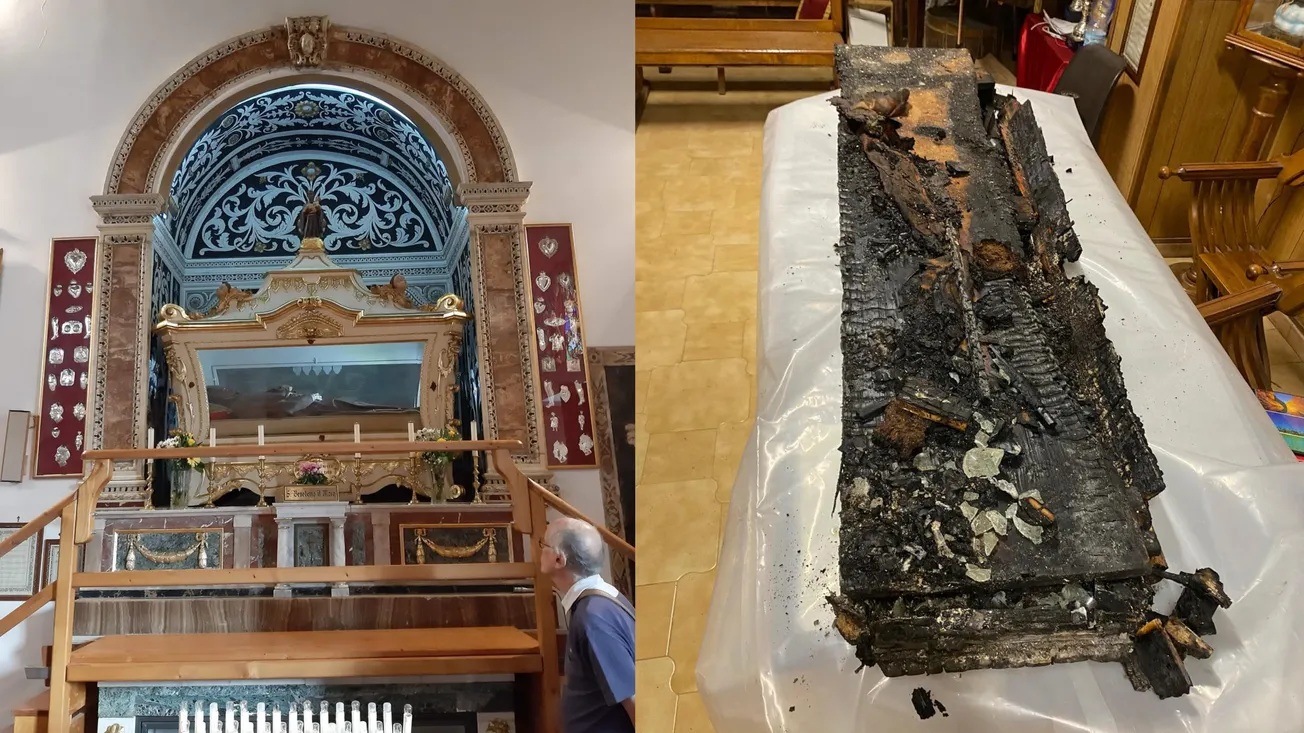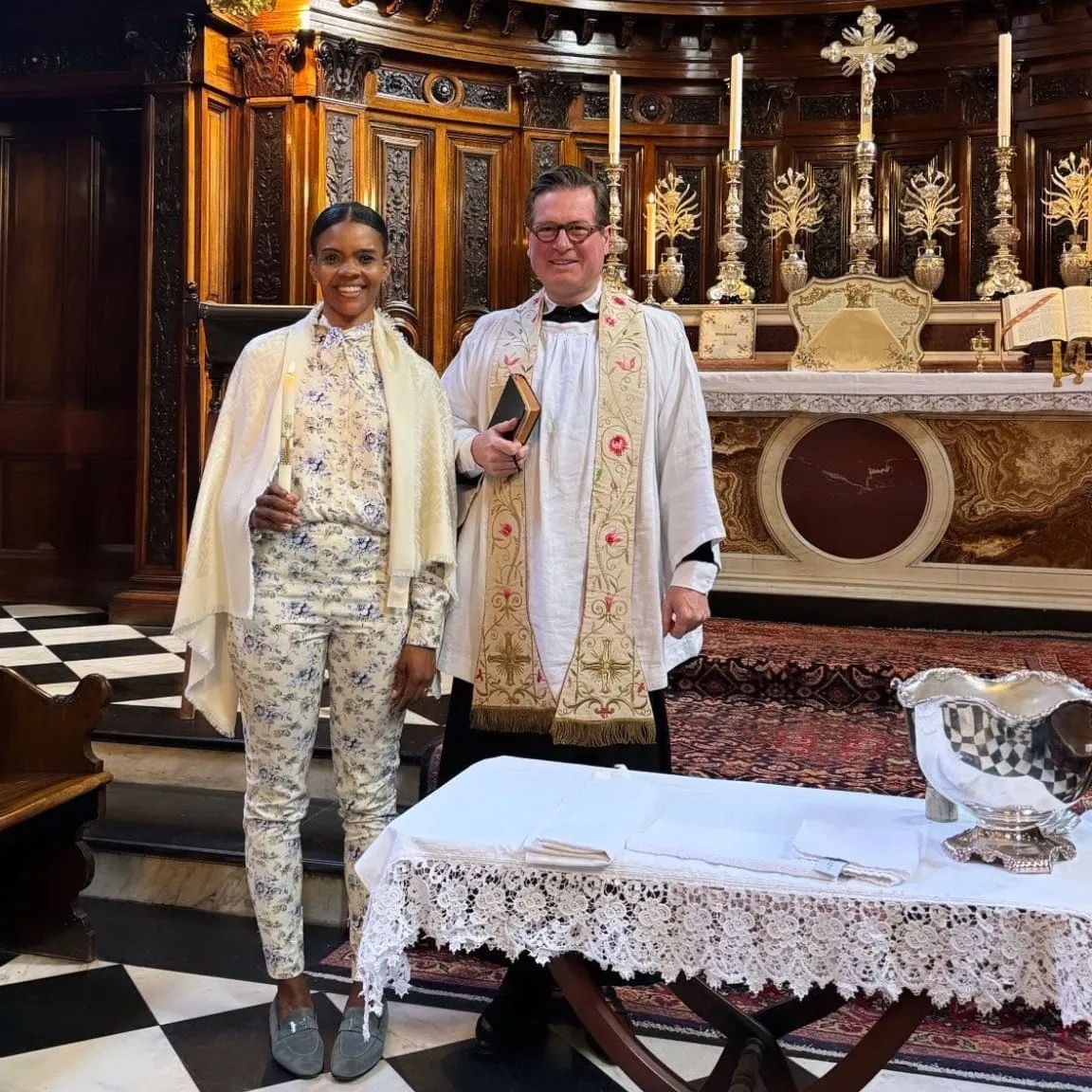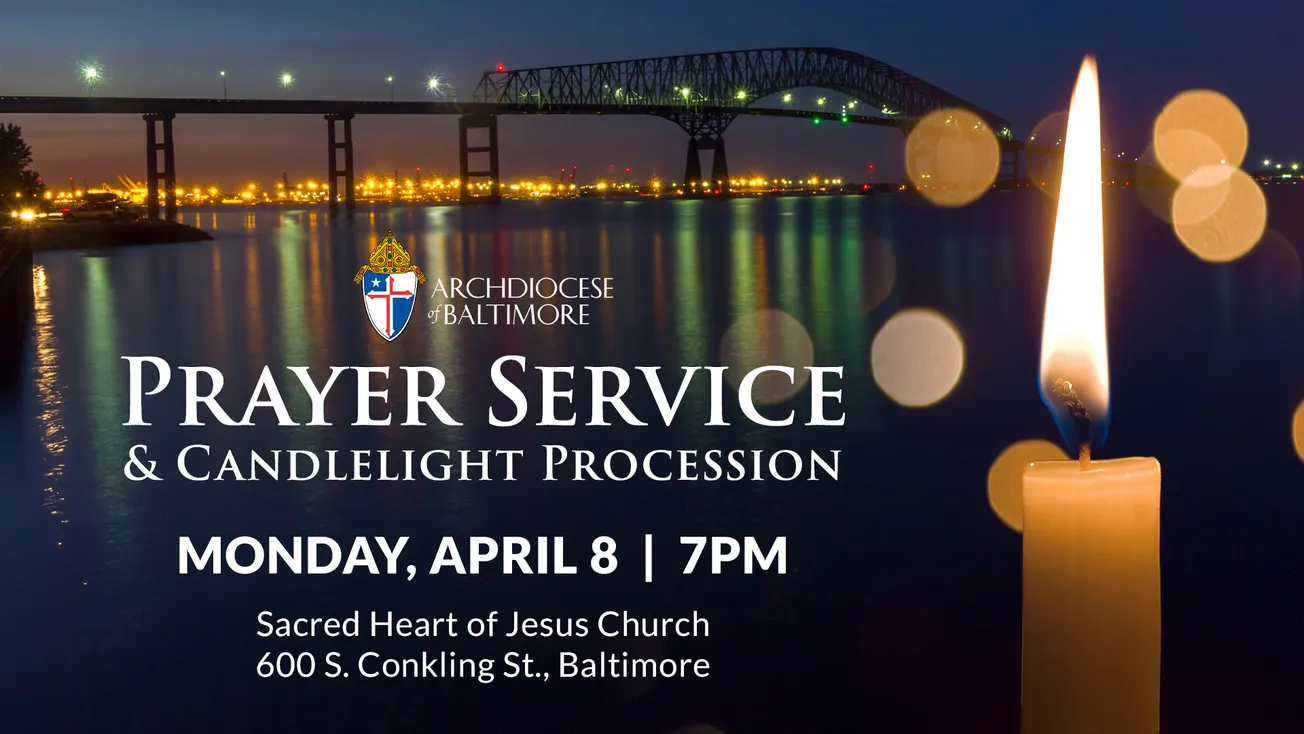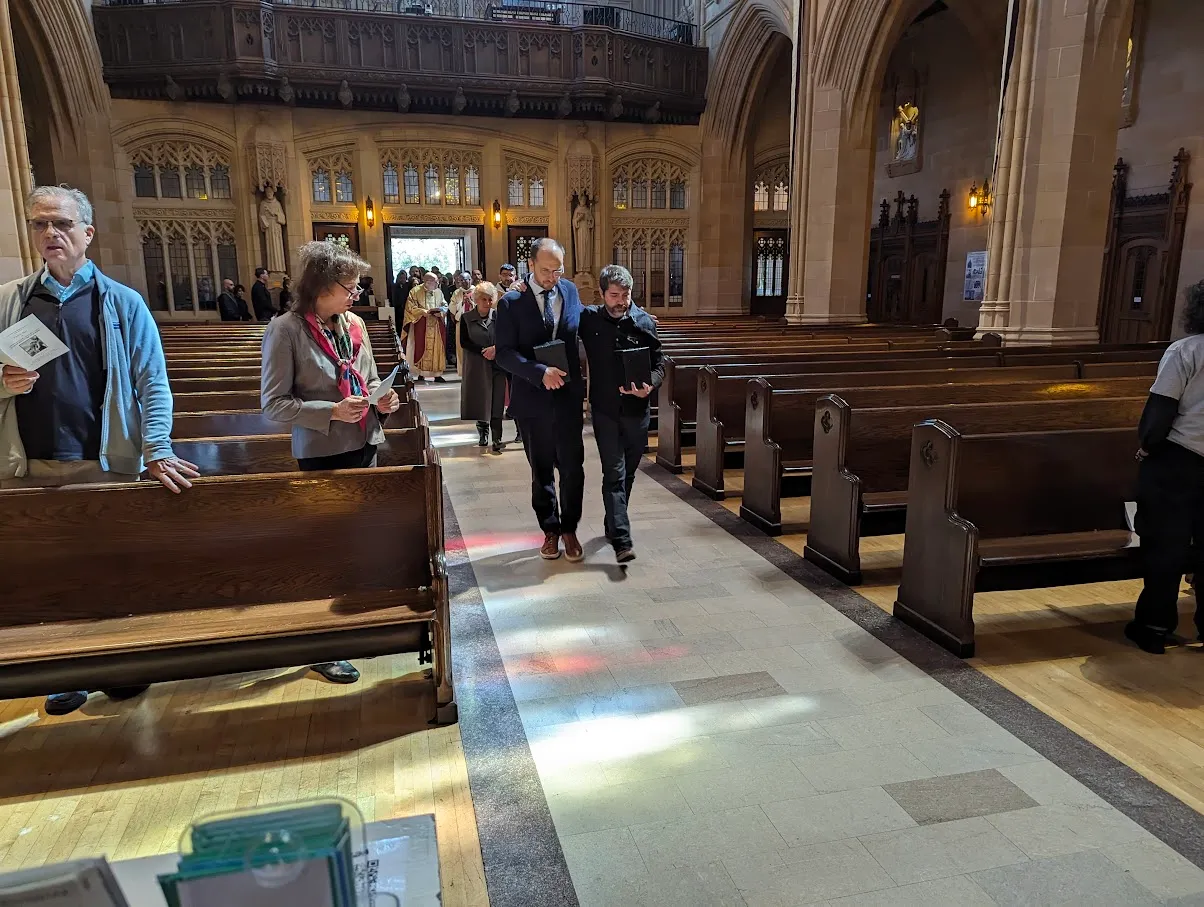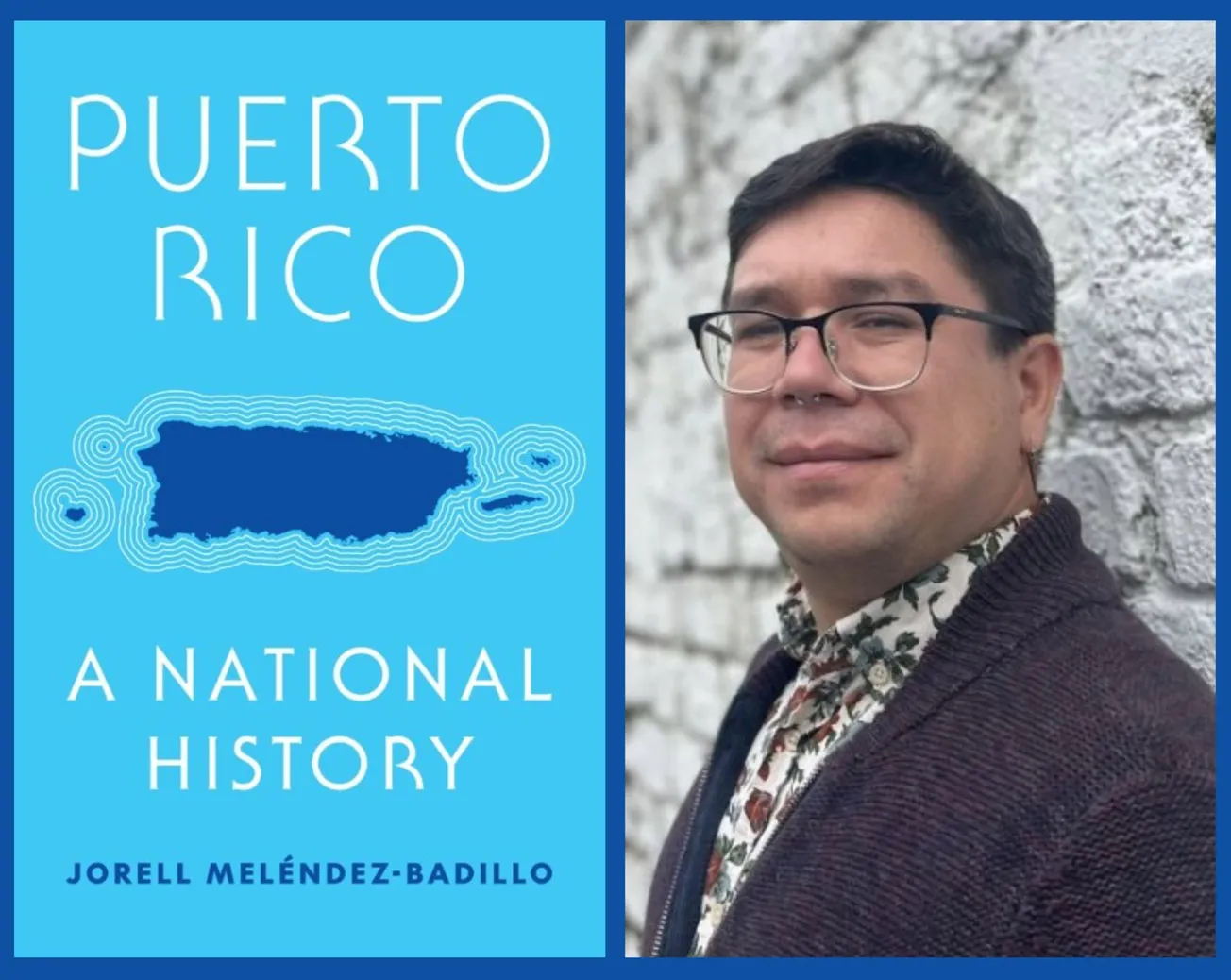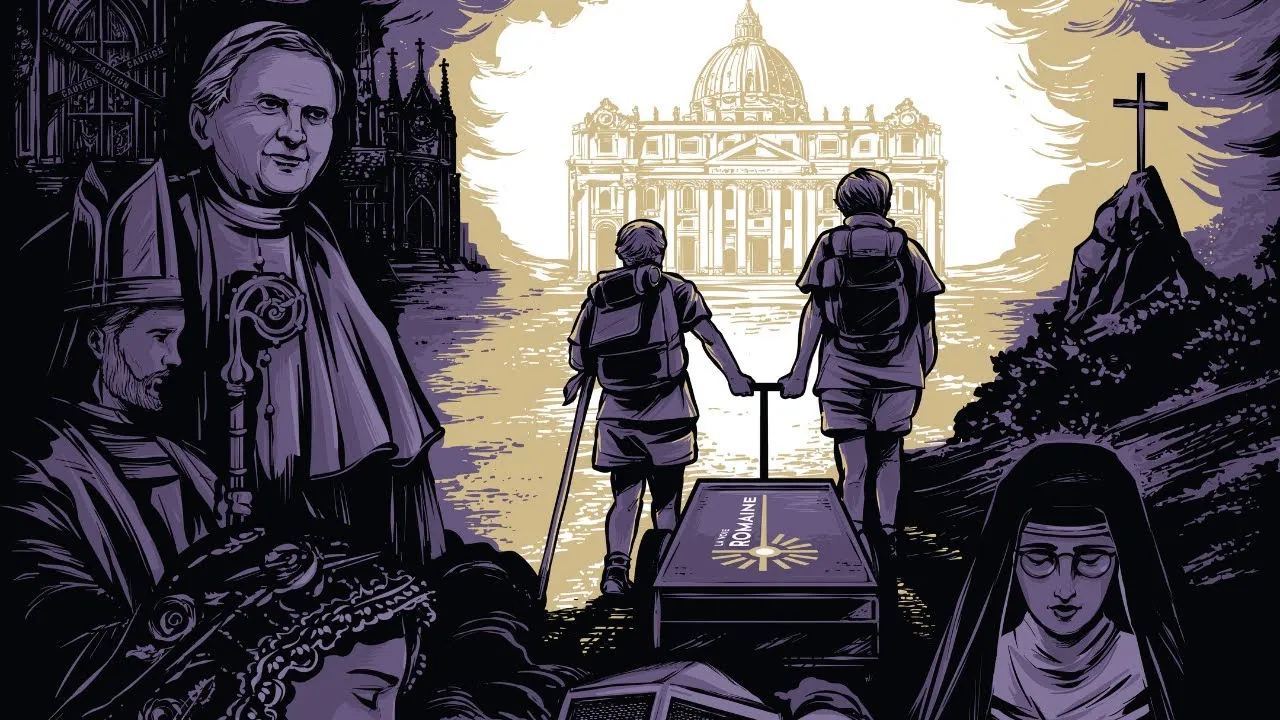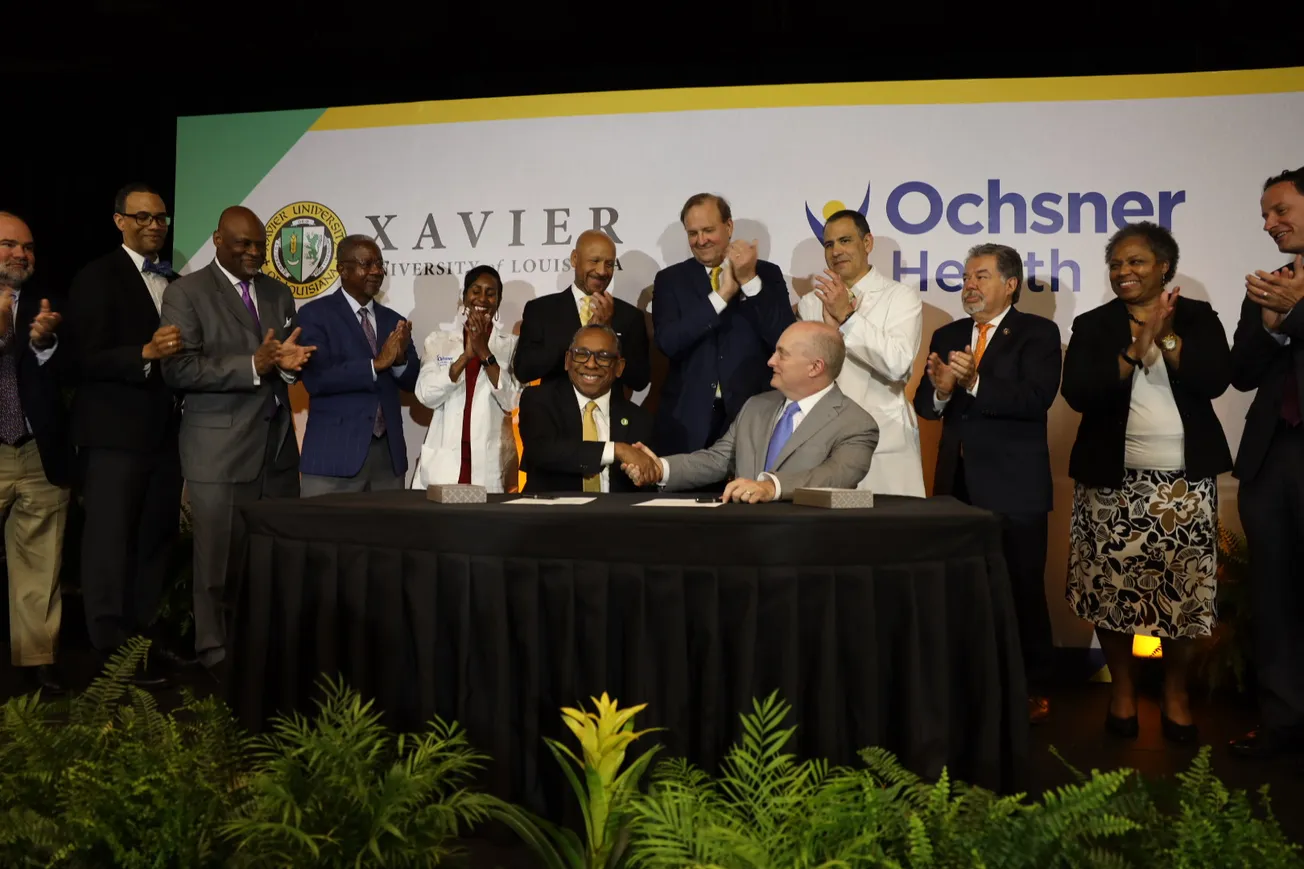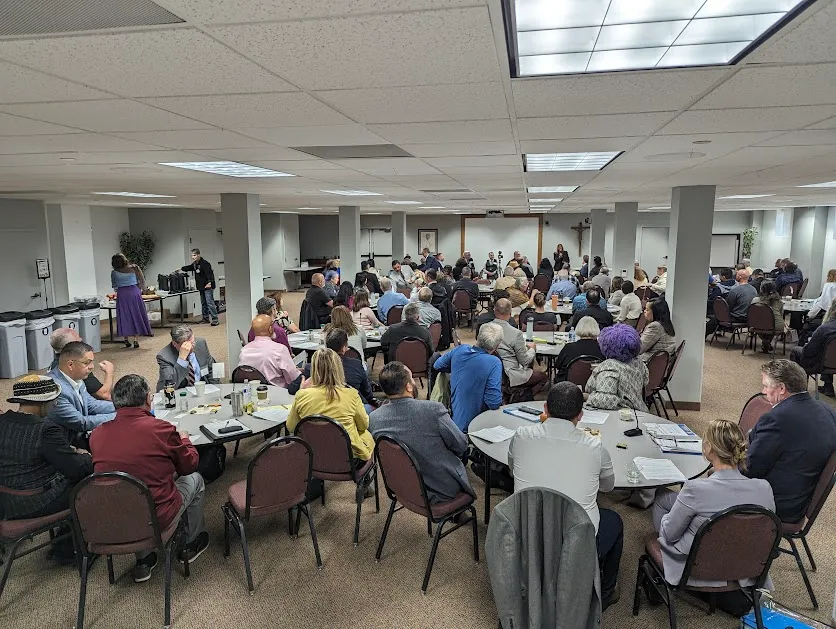The Franciscan friars of Palermo, Italy, are fundraising to rebuild the historic Convent of Santa Maria di Gesù, which until last month housed the major shrine and incorrupt body of St. Benedict the Moor, a 16th-century Afro-Italian religious brother and the oldest patron saint of African Americans.
The nearly six-hundred-year-old edifice was destroyed during the ongoing wildfires that have for weeks battered the island of Sicily. The friars announced on July 25 that all but the skull of St. Benedict was lost in the blaze.
“With tears in our hearts we are very sad to inform you that little is left of the body of Saint Benedict the Moor and Blessed Matteo [da Gimara],” the community posted on Facebook.
“Intercede from heaven for those who are suffering in these hours and for those who are sudden victims of so much disaster!”
The convent, said to have been built by Blessed Matteo da Gimara in 1426, was located at the foot of Mount Grifone on the outskirts of the city. St. Benedict the Moor, born to formerly enslaved Afro-Sicilians, became a member of the Order of Friars Minor and was assigned to the convent in 1564. He remained there for the rest of his life, serving as a cook, novice master, and local superior.
Benedict died at the age of 65 in 1589 and was buried in a large tomb financed by King Philip III of Spain. Devotion to him quickly grew, with a confraternity being formed under his name as early as 1609, started by enslaved Africans in Portugal. He was named the patron of the city of Palermo in 1652, nearly a century before his beatification.
Following the spread of his cult to the Western Hemisphere via the Transatlantic slave trade, Benedict was canonized in 1807 and his body was found to be incorrupt in Palermo. His relics were thereafter preserved at the Convent of Santa Maria di Gesù, where thousands of pilgrims visited his major shrine each year.
Upon his being made the patron saint of African Americans, he became the namesake of numerous historically Black Catholic parishes, schools, and other ministries in the United States, including under the moniker “St. Benedict the Black” (or “the African”).
“The [convent] was the destination of pilgrimages for many Latin Americans, who went to meet the incorrupt body of Saint Benedict,” wrote Fr Pedro André, SDB, in Vatican News last month during the peak of the fires, which have burned more than 125,000 acres and claimed at least five victims.
“Outside the Church there was a wall with several plaques where you could see the origin of groups of devotees. These plaques showed how much this saint, who lived and died there in the 16th century, is loved and revered.”
Corpo incorrupto de S ̄o Benedito danificado por inc↑ndio - Vatican News https://t.co/XpXbBO9KON
— Pedro Andr← (@_padrepedro) July 27, 2023
In the days since the fire, the local Franciscan friars have begun efforts to repair the historic convent and shrine, including a benefit event series with the CineTeatro Colosseum, a local theater group. Open-air performances in the convent’s parking lot will begin on Thursday evening, with additional shows on August 23 and 30.
“May [the Lord] bless one by one the inhabitants of the district of Santa Maria di Gesù of Palermo for all they have done in these days for all that they will continue to do,” said Fr Antonino Catalfamo, OFM, the provincial minister of the local Province of the Holy Name of Jesus, in a video message from the convent ruins on July 26.
“To guard this reality is to return it to the city of Palermo and to all pilgrims as a place of spirituality of peace but above all of acceptance and respect in this neighborhood.”
Though the cause of the Sicily fires has not yet been fully determined, preliminary investigations have indicated that arson is a likely factor, alongside high temperatures and small fires started by local farmers to clear out weeds.
Public responses to the fires have highlighted the loss of cultural heritage as well as the preventability of such disasters with proper planning and concern for the environment. The Church hierarchy has been among the voices honing in on the latter—as well as those thought to be behind the fires themselves.
“The evil hands of heartless and conscienceless vandals killed the lives of three of our elders,” wrote the Sicilian Catholic bishops in a letter to the faithful published on July 26.
“Haven't fires ravaged this land for decades? Are we perhaps ignoring the lack of prevention, the carelessness in land management, the unstoppable abandonment of the countryside, the process of tropicalisation of the climate?”
In response to the emerging evidence, the Italian government passed new legislation on August 8 that severely increases criminal penalties for those found to be guilty of arson or negligence.
Though the fires in Sicily are now largely under control, the island has continued to face the threat of disaster, with an eruption of Mount Etna beginning on August 14 near the major airport on the island’s east coast.
On the northwest coast, recovery efforts at the convent in Palermo are underway and are expected to take several months to years to be completed. Interested parties can donate to the local Franciscan friars on their website.
Nate Tinner-Williams is co-founder and editor of Black Catholic Messenger.



